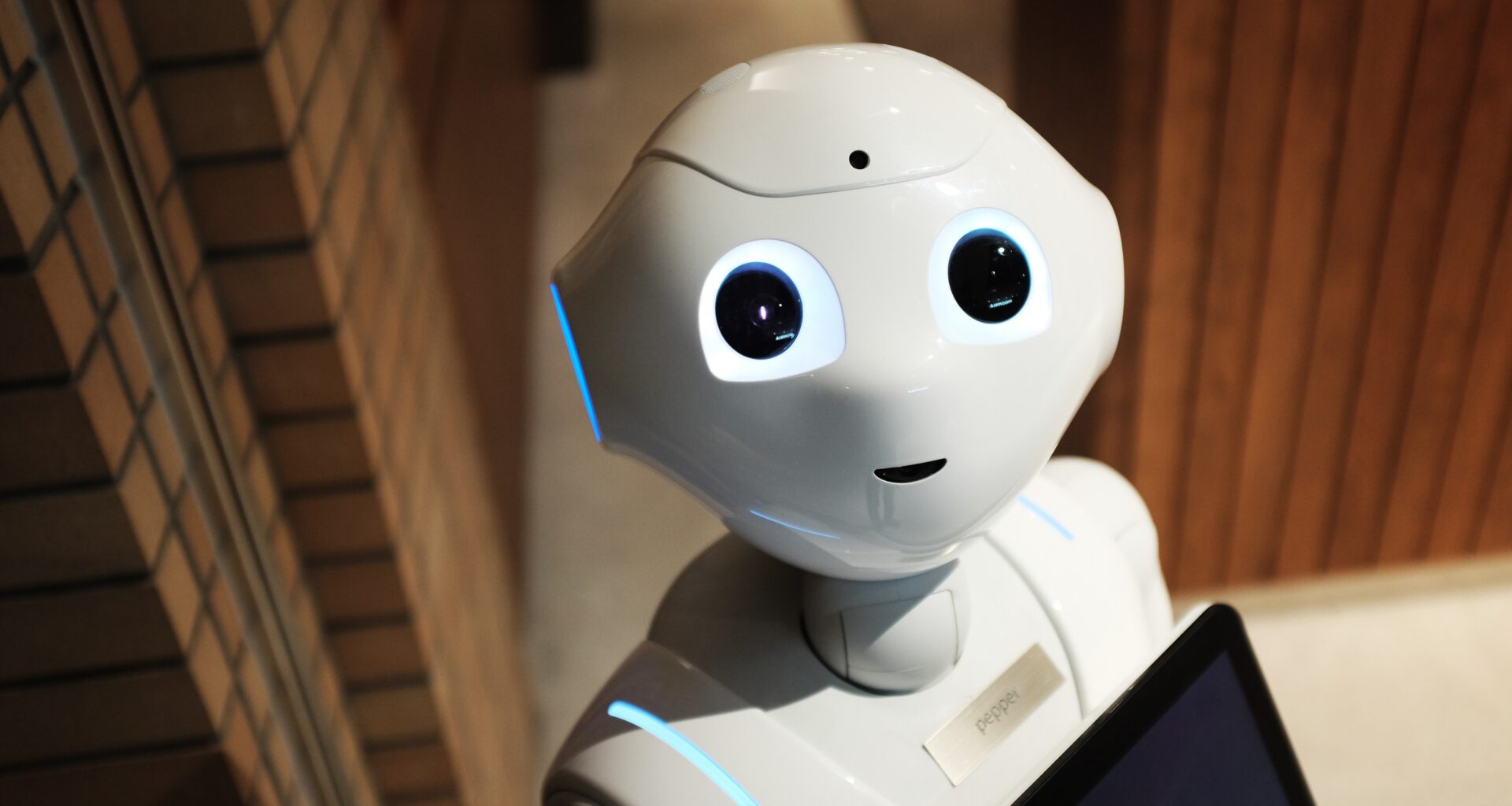Industries around the globe are adopting AI technology at faster rates than anyone ever anticipated. The past decade has seen big advances in areas such as robotics, machine learning, object recognition, speech processing and generation. Consumers are interacting with AI continuously in their daily lives through smartphones, customer service centers, websites, as well as appliances.
According to a report by Gartner, in 2019 about 37% of enterprises implemented some form of AI in their organizations. This rapid adoption of AI has created a lot of excitement. While there are great ideas out in the market, the hype also produces a series of myths that range from an imminent robot takeover to unrealistic expectations of what AI is capable of doing.
Here’s a look at five of the most common misconceptions about what AI means going forward for humanity.
“AI is going to replace all of our jobs”
In the same way that the wheel displaced countless physical workers, AI and automation have the potential to disrupt labor. In many instances, it is already happening. However, equating automation with job displacement only underestimates humans’ capacity for adaptation. When faced with these technological advances, companies will have to focus their efforts on upskilling their workforces. This will allow them to evolve alongside the digital transformation.
At Vozy, we encourage our language specialists to learn about computational linguistics, cognitive semantics, and automatic semantic processing, among other skills, expanding the foundation with which they come to us. In many cases, they find themselves teaching languages to robots as voice technologies evolve to sound more human-like.
A better-trained workforce means an increase in efficiency which will lead to a more productive economy. If managed wisely, automation has the potential to create 133 million new roles in companies.
“AI robots will take over the world”
AI applications can be classified into two subgroups: narrow and generalized. Narrow AI is AI that is programmed to perform and become increasingly good at one single task. These types of AI are already part of our lives– whether it is AI programmed to check and report the weather or give recommendations on Netflix.
On the other hand, generalized AI refers to machines that are capable of completing a number of different tasks, just as human or natural intelligence does. Although world domination by robots is a scenario that is a long way off, authorities are taking measures to keep AI in check. For example, in April 2019, the European Commission published a set of guidelines to determine if an AI system should be deemed “trustworthy”, which prohibits the creation of autonomous weapons or social scoring systems in the European Union.
“AI will only replace low-skilled and manual workers”
Kai-Fu Lee, a renowned businessman and an AI expert, predicted that AI will replace 40% of the world’s jobs in the next 15 to 25 years. This shift in the workforce is not only affecting low-skilled workers as one would expect. High-skilled workers such as translators, journalists, doctors, bankers, and lawyers are also seeing their industries transformed by AI tools. Routine tasks that are technically complex are already starting to be automated in these industries. However, aspects of the job that require the “human touch” such as tasks involving compassion and creativity will remain in the hands of humans.
“AI is only for large enterprises”
A huge misconception is that in order to implement AI technology in a business one needs a team of experts along with a billion-dollar budget which makes these tools only accessible for tech giants like Google, Apple, and Facebook. However, AI technology is now available and capable of helping both large and small businesses.
There are many great affordable options in the market that businesses of all sizes can access to streamline their workflow. A current trend in customer service is the use of virtual assistants or chatbots to increase overall efficiency for a business. Sales and marketing departments can also use AI tools like predictive analytics to gain competitive insights and create effective new strategies.
“AI can be 100% objective”
It is easy to fall for AI’s illusion of objectivity when the reality is that these systems run on data, rules, and other kinds of input from humans– making it very easy for bias to creep in. AI systems that are retrained on an ongoing basis, such as social media algorithms, are more vulnerable to unwanted bias. There is no way to completely remove bias from AI systems, but there are ways to minimize it by using diverse datasets and having teams check each other’s work.
With any disruptive technology, there will be a fundamental change in how a market or industry functions. Humans are pretty good at adapting to these changes but most often misinformation can discourage people from fully embracing new tools that allow them to work in newer and smarter ways. AI technology is a powerful tool that has the potential to bring innovative solutions to real-world problems if humans learn to work alongside machines, not against them.
Humberto Pertuz is the founder and CEO of Vozy, an AI voice communication platform that empowers businesses and customers to connect on any device, any time.


